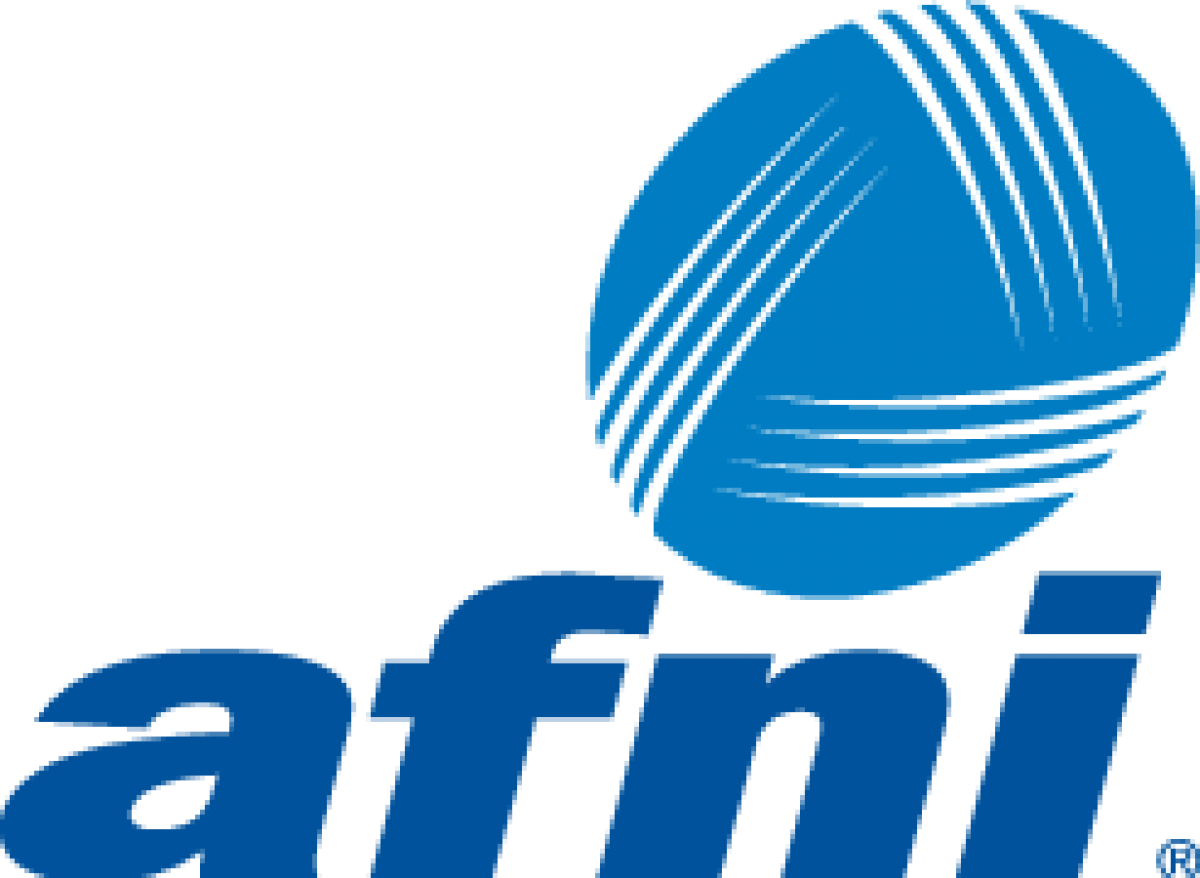Preboarding vs Onboarding
Navigating the hiring process presents various challenges, involving tasks such as screening resumes and interviewing candidates, announcing them as part of the team, and making them feel welcome is probably the hardest part. Keeping the employees motivated and satisfied adds to the challenge. Although almost every new hire is eager to start the job right away, they have to get familiar with everyone in the company and how the company operates. All of this is done through the preboarding and boarding process. But can preboarding vs onboarding be used interchangeably or do they slightly differ?
This helpful guide will outline the main differences between the two. Let's delve into the distinctions.

Understanding the Key Differences: Preboarding vs Onboarding
What is Preboarding?
As the name implies, preboarding comes before onboarding, and its function is no less important. Knowing just how life-changing and stressful getting a new job is, the preboarding process evolved to make the entire experience more comfortable and make the transition from one career path to another as smooth as possible. It should offer support, information, and resources tailored to the individual needs of each new hire.
Preboarding facilitates a seamless transition from job acceptance to the first day at work, and it encompasses cultural adaptation, logistical organization, and early engagement.
New employees may feel tension and expectations from the moment they accept the job offer. They wonder if they can do the job as expected and are unsure whether they are ready or not, etc. The preboarding phase is important because it addresses all these concerns and takes all the stress and anxiety out of the equation.
The HR's role includes motivating candidates and reassuring them that they will receive all the necessary training and support during the initial period.
What Is Onboarding?
Onboarding is a stage that every new employee goes through. Upon completion of preboarding (on the first day of the job), the onboarding stage begins.
On the first day of work for a new employee, an HR team member gives them a tour of the office/company and introduces them to anyone they should know at the beginning. The new employee gets IT set up, and during this orientation phase, they learn about the company's mission, vision, values, and work style.
Onboarding is important because it will show new employees that their company is a good place where they can build their careers and grow professionally. Successful onboarding makes new hires independent and ready to show their skills and knowledge.
Both the preboarding and onboarding stages are crucial, whether for stay at home job opportunities or for those working in-office.

Timeline and sequence
Preboarding
As we mentioned, preboarding starts right after a candidate accepts a job offer and lasts until their first day on the job. In the preboarding stage, HR prepares administrative paperwork for the new employee to fill out when they clock in. Besides the administrative paperwork, the new employee’s desk is set up and equipped with the necessary tools to manage their job effectively, their email is getting created, among many other common things.
To make the new hire’s transition even more comfortable, as an HR professional, you could send out an email explaining their job position and what are the company’s ideals. Try to keep the email light and somewhat informal.
It would be a good idea to assign a “work buddy” to the new hire to get them on board regarding any job-related questions they may have before starting out.
A good preboarding should include an announcement of the new arrival. The HR should send an email to all employees announcing a new hire’s arrival even before the first day. Besides sending who the new employee is and what they will do, throwing an anecdote is a great icebreaker. Or better yet, prepare a welcome pack, be it a small gift or a welcome card.
Onboarding
This phase begins on the employee’s first day and lasts several weeks or months or until the employee feels comfortable in the environment. The process focuses on orientation, training, and integration activities. The timeline usually goes like this:
- Welcome and orientation
- Basic training and explanation of the employee’s job responsibilities and systems to use
- Training on specific tasks
- Representing complex assignments and working independently without the help of more experienced colleagues
- Performance feedback and regular check-ins
Activities and Components
The preboarding stage mainly involves completing paperwork, giving access to company resources, and sending out welcome messages. Preboarding assists in fostering a positive initial impression.
On the flip side, the onboarding stage includes different activities, like orientation sessions, training programs, and an introduction to company culture and values. During this stage, the employees get trained for their specific roles. Typically, they have a mentor working and showing them the way in the company during the first few weeks.
Preboarding is part of the onboarding process. Yet, both stages involve activities to make employees feel welcomed, informed, and motivated.
Focus and objectives
The preboarding focus is a good start that will encourage a positive employee experience. Preboarding aims to reduce the stress, anxiety, and uncertainty new employees experience before starting a new job.
The fact that a new company welcomes a new hire makes them feel they belong there and are excited to start a new career challenge. Companies may employ various welcome practices, from sending an email to welcome the new team member to giving a welcome gift, etc.
The onboarding stage is very important for the company and the new employee.
The objectives of onboarding include increasing productivity by providing training and support. Moreover, onboarding programs are designed to connect employees to the organization, providing them with all the necessary skills and knowledge to work effectively from day one.

Create Effective Preboarding and Onboarding Processes with Afni
As a future HR professional, you should understand how much preboarding and onboarding are important for new employees. These two stages are crucial for informing the new employee about anything related to the new position and ensuring a smooth and nice start.
What differentiates preboarding vs onboarding? While preboarding is the period from signing the contract until the first day at work, onboarding can last for several weeks or months. The right preboarding makes the onboarding process easier.
Author
Samantha Byard is the Recruitment Marketing Manager for Afni and brings a wealth of knowledge and tips for job seekers. She holds a bachelor's degree in public relations and marketing from Mount Saint Vincent University as well as a masters degree in digital marketing and advertising from Liberty University.





